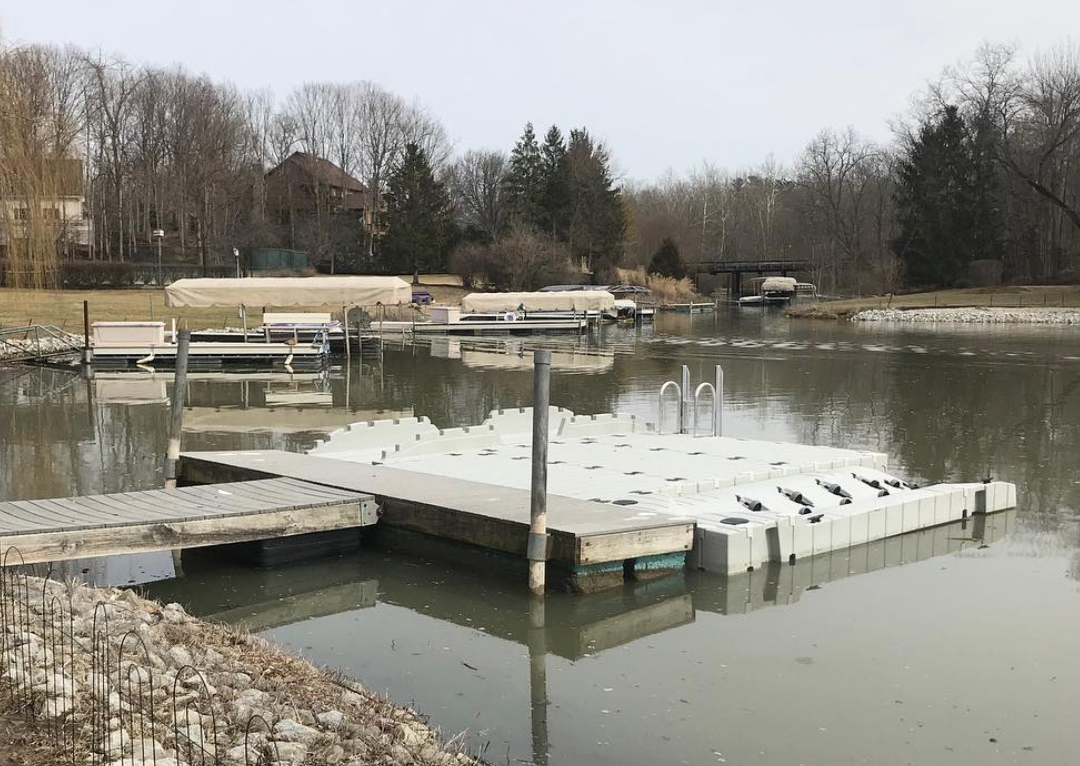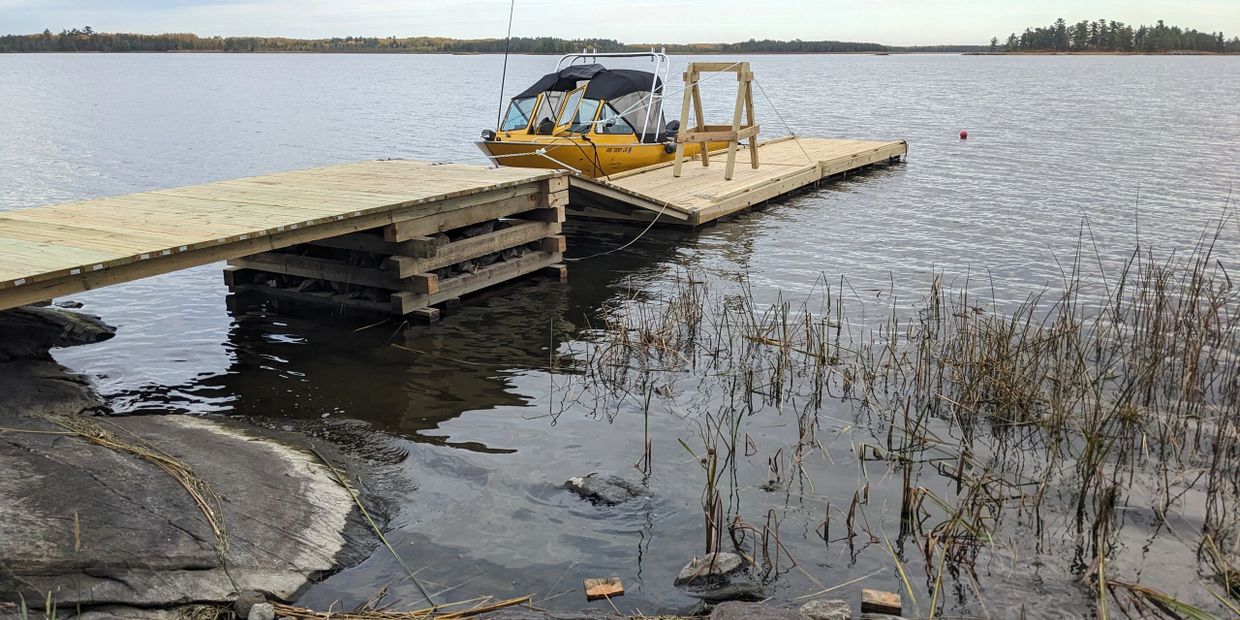Why Regular Upkeep Can Reduce Future Dock Repairs
Why Regular Upkeep Can Reduce Future Dock Repairs
Blog Article
Exactly How to Address Common Dock Repair Work Issues for Safe Water Tasks

Identifying Common Dock Issues
Determining usual dock concerns is crucial for preserving the functionality and security of your waterfront residential property. Normal inspections can aid reveal problems prior to they come to be serious, ensuring both the longevity of the dock and the safety of those who utilize it. One common problem is rusty or loosened fasteners. Gradually, screws, bolts, and other fasteners can come to be loosened due to consistent direct exposure to water and weather condition components, bring about architectural instability.
An additional typical problem is the deterioration of flotation gadgets. These devices are essential for maintaining the dock resilient, and any type of damage or leaks can cause the dock to listing or sink. Frequently checking for leakages or water logged floats can preempt a lot more considerable concerns.
Furthermore, algae and barnacle buildup on the dock's surface can develop slippery and dangerous problems. This biofouling not just positions a risk to users yet can additionally speed up the degeneration of the dock materials.
Last but not least, examining for signs of rust on metal parts is essential. Corrosion can endanger the honesty of the dock's structure, making it unsafe. By consistently identifying these typical dock problems, you can make certain that your dock remains protected and useful for several years to come.
Repairing Rotting Timber
When addressing the concern of decaying timber on your dock, it is vital to act promptly to stop more degeneration. Begin by extensively inspecting the whole structure to determine all impacted locations. Use a screwdriver to probe the timber; if it sinks in conveniently, the timber is likely rotted and needs prompt attention.
When determined, eliminate the decomposed sections utilizing a saw or sculpt. Be sure to cut back to healthy and balanced, strong timber, guaranteeing you remove all jeopardized product. After removal, deal with the remaining wood with a wood preservative to stop future rot. This treatment will help safeguard versus dampness, which is the main cause of timber degeneration.
Next, change the removed sections with marine-grade lumber or pressure-treated wood, which are more resistant to water damages. Secure the new pieces with galvanized or stainless-steel fasteners to prevent deterioration. In addition, applying a water resistant sealant to the new timber can supply an extra layer of security.
Protecting Loosened Boards
Exactly how do you ensure your dock remains functional and safe for all its individuals? One critical element is safeguarding loose boards, which can or else position substantial risks. Loose boards not only boost the threat of stumbling however can additionally compromise the structural stability of the entire dock.

For reinstallation, use galvanized or stainless steel screws, as these materials provide remarkable resistance to deterioration in aquatic atmospheres. Ensure the screws are long sufficient to permeate deep into the underlying assistance structure, however not as long that they stick out with the dock's surface. Pre-drilling pilot holes can help protect against the timber from splitting.
Finally, maintain a regular evaluation schedule to recognize and address any new issues quickly. By securing loosened boards successfully, you add to the total safety and security and longevity of your dock, making it a trustworthy platform for water tasks.
Maintaining Unsteady Pilings
Ensuring the security of unsteady pilings is critical to maintaining a functional and secure dock. Unsteady pilings can jeopardize the whole structure, posing considerable risks to individuals and possibly leading to pricey repair work. The primary step in maintaining these necessary components is a thorough assessment. Check out the pilings for indications of rot, damages, or shifting. Use a degree to look for vertical alignment and ensure they are driven deep sufficient into the substratum to provide appropriate assistance.
If the pilings are discovered to be unsteady, one efficient technique for reinforcement is the usage of extra bracing. Cross-bracing with treated lumber or galvanized steel can considerably improve security. Support the braces safely to both the pilings and the dock frame to distribute loads evenly.

Normal upkeep and periodic review of the pilings' security are crucial to guaranteeing long-term dock safety and security and capability.
Replacing Rusty Equipment
Attending to unsteady pilings is just one aspect of keeping a dock's stability; an additional important worry is replacing rustic hardware. With time, direct exposure to moisture and salt can bring about the oxidation and rust of bolts, braces, and browse around this site screws, jeopardizing the entire framework's safety. Normal inspection for corrosion is vital, particularly after serious Source climate or seasonal adjustments.
When rusty equipment is identified, instant action is called for. Begin by selecting marine-grade stainless steel or galvanized equipment, both designed to stand up to the severe marine atmosphere. Guarantee that you have the suitable devices, such as screwdrivers and wrenches, to securely get rid of the old, corroded items without creating further damages to the dock.
After eliminating the corroded hardware, thoroughly tidy the affected locations to remove any type of recurring rust or particles. Use a rust-inhibiting primer to exposed metal surface areas before setting up the new hardware. Tighten up all components safely to avoid future loosening, and regularly inspect the fittings to make sure continuous security.
Changing corroded equipment not just expands the dock's life expectancy however likewise dramatically improves the safety of water tasks. By proactively managing corrosion, you protect both the framework and its users, guaranteeing a delightful and safe and secure waterfront experience.
Conclusion
Routine evaluations and upkeep are important to resolve common dock repair service problems and guarantee secure water activities. Such proactive actions contribute to the total safety and capability of dock structures, cultivating a safe atmosphere for water-based activities.
Making certain the safety of water tasks pivots significantly on the proper maintenance and fixing of docks (Dock Repairs). These tools are crucial for keeping the dock resilient, and any damage or leaks can cause the dock to listing or sink. By consistently identifying these typical dock problems, you can ensure that your dock stays useful and secure for years to come
Making certain the stability of unsteady Look At This pilings is critical to keeping a practical and safe dock.Routine inspections and upkeep are important to resolve typical dock repair service concerns and make certain secure water activities.
Report this page